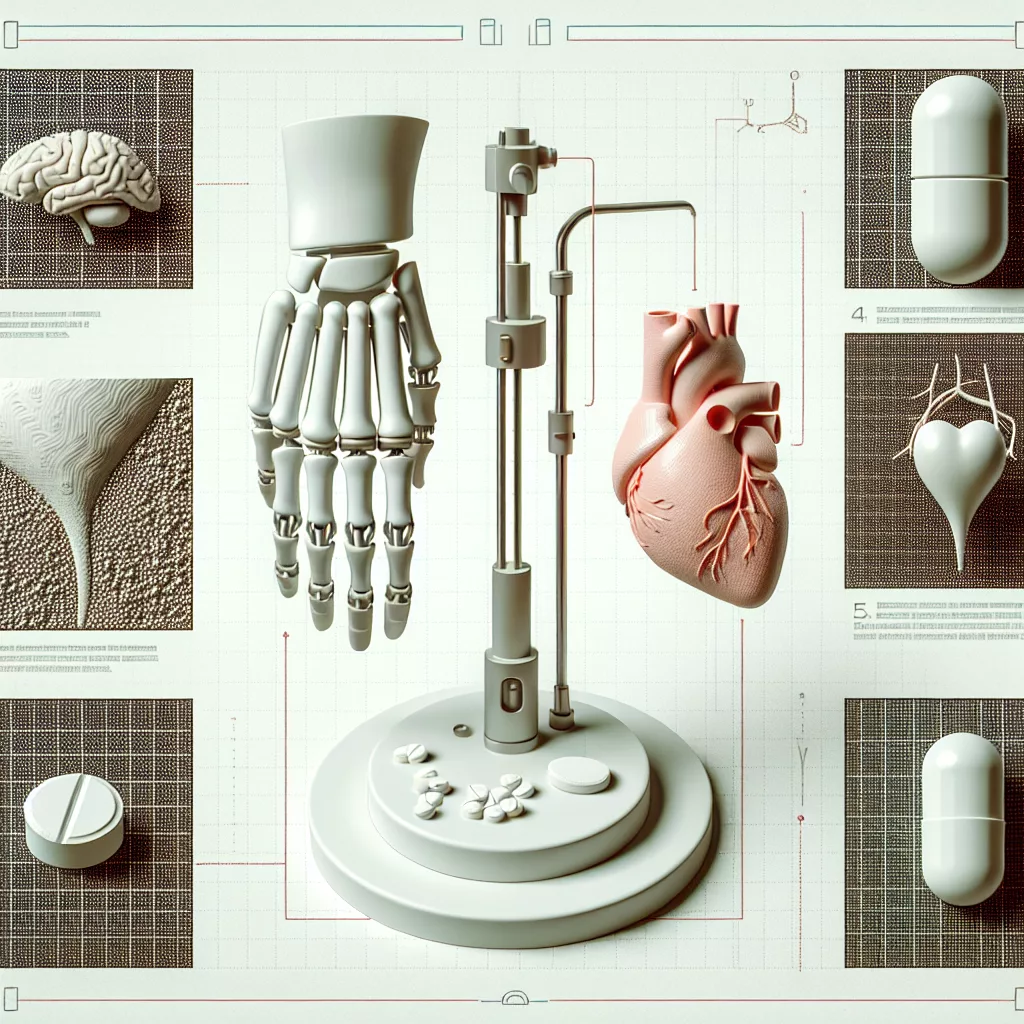The Rapid Evolution of 3D Printing in Medicine
3D printing, also known as additive manufacturing, has grown exponentially over the past decade, revolutionizing numerous industries. Among these, its impact on medicine stands out as particularly transformative. Healthcare providers, medical researchers, and patients alike are experiencing groundbreaking advances thanks to the precision, customization, and versatility offered by 3D printing. In this article, we’ll explore the incredible trajectory 3D printing is taking in medicine and examine what the future holds for this exciting technology.
Personalized Prosthetics and Orthotics
Traditionally, prosthetics and orthotics have been costly and time-consuming to produce. However, with the advent of 3D printing, medical professionals now have the capability to create highly personalized devices quickly and affordably. By scanning a patient’s anatomy, prosthetic limbs, orthotic supports, and even assistive devices can be tailored precisely to individual needs, significantly improving fit, comfort, and mobility.
Looking ahead, we can expect prosthetic devices enhanced by smart sensors, enabling them to adapt to a patient’s movements in real-time. Embedded electronics within 3D printed prosthetics can lead to intelligent systems capable of predicting patient behavior, significantly enhancing quality of life for millions worldwide.
Bioprinting and Organ Fabrication
One of the most exciting frontiers in medical 3D printing is bioprinting—an innovative technique that uses bio-inks comprised of living cells to create tissue and organs. While still in its early stages, bioprinting has already shown promise in laboratory environments, successfully fabricating tissues such as skin, cartilage, and blood vessels.
In the near future, bioprinting could revolutionize organ transplantation by eliminating long donor waiting lists and drastically reducing organ rejection risks. Scientists are actively researching the feasibility of 3D printing complex, vascularized organs like kidneys, livers, and hearts. Although challenges remain, such as maintaining cell viability and ensuring proper vascular structures, advances in bioengineering and material science promise remarkable progress over the next decade.
Surgical Planning and Education
3D printed anatomical models have become invaluable tools for surgical training and preoperative planning. Surgeons can precisely visualize and interact with patient-specific anatomy before stepping into the operating room, greatly enhancing the efficiency of surgical procedures and improving patient outcomes. Complex operations, such as tumor resections or reconstructive surgeries, benefit immensely from accurate, tactile patient models.
In the future, medical professionals will likely see widespread integration of augmented reality (AR) and virtual reality (VR) technologies alongside 3D printed models. This hybrid approach will further enhance surgical planning, education, and patient consultations, enabling surgeons to virtually dissect, analyze, and interact with patient anatomy, leading to safer and more precise surgical interventions.
Customized Pharmaceutical Solutions
The pharmaceutical industry is beginning to embrace 3D printing as a means of creating personalized medications. With individualized dosage capabilities, 3D printed pills can be tailored to a patient’s specific therapeutic needs, significantly improving drug efficacy and patient adherence.
Moreover, researchers are exploring the potential for multilayered or multi-compartment pills that release medications at precise intervals, allowing controlled and personalized drug administration. By optimizing dosing schedules and combinations, 3D printed pharmaceuticals could radically improve patient care, especially in chronic disease management.
Affordable and Accessible Healthcare
Imagine a future in which remote healthcare centers and developing regions benefit from on-site 3D printing of essential medical equipment, prosthetics, or medical devices. The ability to manufacture on-demand and reduce transportation costs means 3D printing will greatly increase medical accessibility and affordability globally.
In addition, patient-specific medical devices and prosthetics will no longer be restricted to developed countries. Rural and underserved populations will gain easier access to customized care solutions, dramatically narrowing healthcare disparities.
Challenges Ahead and Future Considerations
While the potential for 3D printing in medicine is immense, challenges remain. Regulatory considerations, quality assurance, scalability, cost effectiveness, and ethics, particularly regarding bioprinted organs, must be addressed. Collaboration among researchers, medical professionals, regulatory bodies, and industry leaders will be crucial in navigating these challenges responsibly and sustainably.
Despite these obstacles, the future of medical 3D printing remains profoundly promising, offering the potential to transform healthcare practices worldwide.
Conclusion: A Revolutionary Future for Medicine
3D printing technology is ushering in unprecedented innovations in healthcare, from personalized prosthetics and bioengineered organs to customized pharmaceuticals and advanced surgical planning tools. As advancements continue, this technology promises not only to improve medical outcomes but also to democratize access to healthcare globally.
As we look towards the future, one thing is clear—the era of personalized medicine is upon us, and 3D printing is positioned to play a pivotal role in shaping it.


Leave a Reply